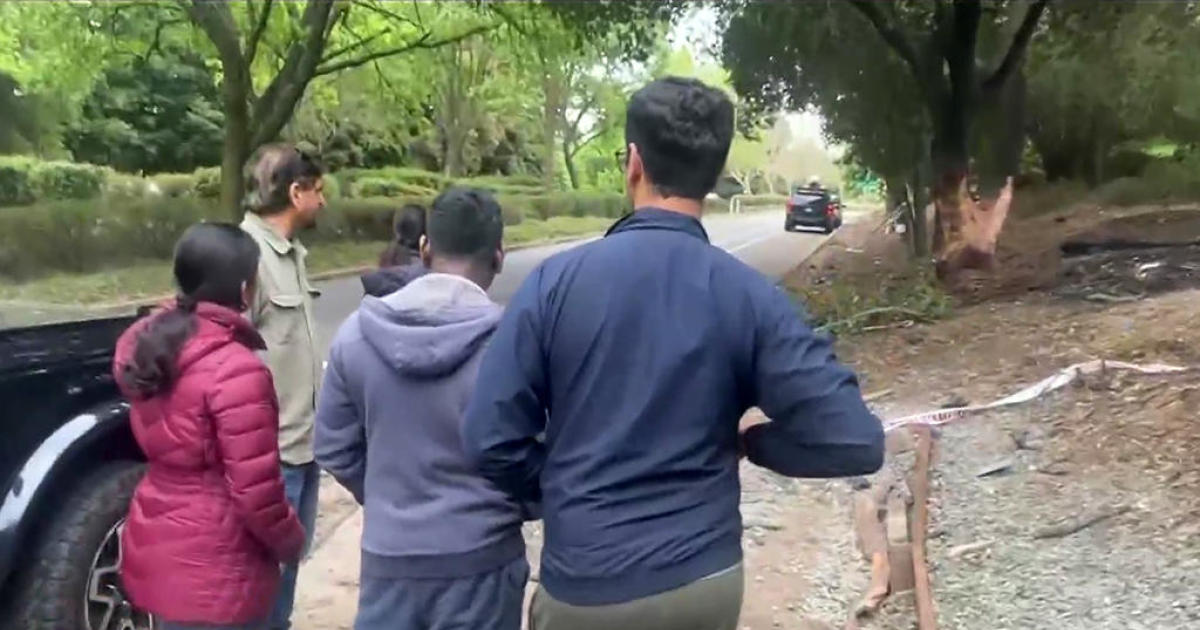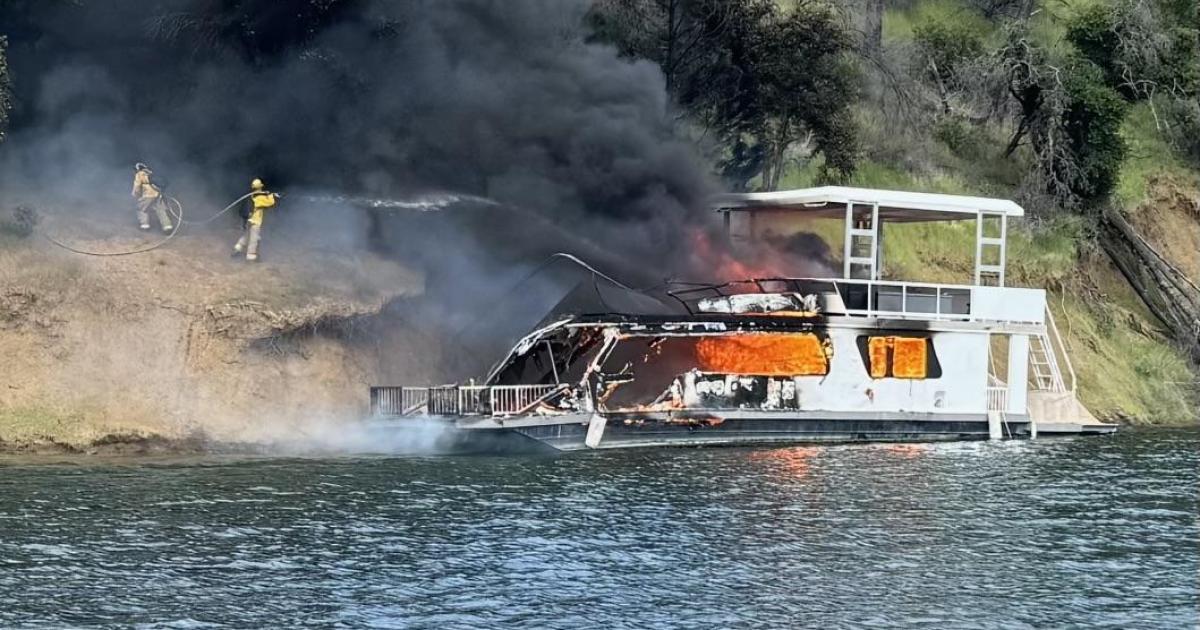Newsom: Earthquake Alert System Is On Its Way
RIDGECREST, Kern County (CBS SF / CNN) -- For many Californians, the legend of "The Big One" seems to feel more urgent and real after a terrifying sequence of earthquakes rattled the region last week.
The two temblors -- a 6.4-magnitude earthquake on Thursday followed by a 7.1 shake the next day -- hit near a small town with a population of less than 30,000, 120 miles outside Los Angeles.
Although there were no fatalities and no major injuries, the jolt was a wake up call, the state's governor said. He vowed that a state-wide early alert program will be coming out "shortly."
"The community here is going to rightfully expect that the state of California has their back, that the federal government has their back," Gov. Gavin Newsom said in a Saturday press conference.
Newsom said the state is placing the final necessary infrastructure and is "a lot farther along than some may actually believe."
The early warning system is 70% done, Newsom said, and with the right technology it would be able to automatically shut off train and rail systems when it detects a quake.
Robert De Groot of the U.S. Geological Survey told KPIX 5 following Thursday's earthquake that the system is "essentially ready to go" in the Bay Area later this year.
"As long as the testing goes to plan, the end of the year is sounding promising for good things to happen," De Groot said.
What's an early warning system?
The state has been working to test the Shake Alert System, which is run by the United States Geological Survey and other state and university partners. An early warning system would detect significant earthquakes and alert as many residents as possible before any shaking begins. The system would eventually cover the entire West Coast, according to its website.
This heads up may come anywhere from seconds before the shaking to the time where the jolt begins, the system's website says, based on early warning methods that have been studied in Washington, Oregon and California. The system began testing alerts in those states last fall.
That system would send public notices with the help of infrastructure of regional seismic networks including the Pacific Northwest Seismic Network (PNSN) and the California Integrated Seismic Network (CISN).
How does it work?
The state's alert system will be able to calculate the intensity of the quake and alert residents by first detecting its energy through the earthquake's first wave of energy. That first seismic wave rarely causes damage, according to the system's website, but it's able to help scientists estimate the magnitude of the earthquake.
That's when the alerts will be sent out to local populations, before a secondary wave hits, which usually brings the more destructive shaking.
"Unfortunately, if you're too close to the earthquake, you may be in a blind zone that can not receive a warning," a video describing how ShakeAlert functions says.
Are seconds enough of a warning?
Seconds to tens of seconds are enough for residents to take life-saving actions like drop and take cover during an earthquake, according to California's office of Emergency Services.
"ShakeAlert can give enough time to slow trains and taxiing planes, to prevent cars from entering bridges and tunnels, to move away from dangerous machines or chemicals in work environments and to take cover under a desk, or to automatically shut down and isolate industrial systems," the system's website says.
Those actions are crucial in reducing damage and casualties, according to the website.
Why didn't a prototype work last week?
In January, the city of Los Angeles released the ShakeAlertLA app to begin testing alerts of the system, that would be triggered if an earthquake of 5.0-magnitude or greater was detected.
But many residents in the city said they received nothing on Thursday or Friday, when the region shook.
That's because, officials said, while both quakes were greater than magnitude 5 in Kern County, the epicenter, the shaking in Los Angeles was below 4.5.
The challenges of sending public alerts
There are two main challenges to sending public alerts, according to CISN.
The first is that there are many areas in the state with not enough seismic stations to "recognize and characterize a newly starting earthquake so quickly that an early warning would be possible."
Secondly, alerts are only useful if people and companies are informed of what they're supposed to do when they receive those alerts.
© Copyright 2019 CBS Broadcasting Inc. All Rights Reserved. This material may not be published, broadcast, rewritten. CNN contributed to this report.



